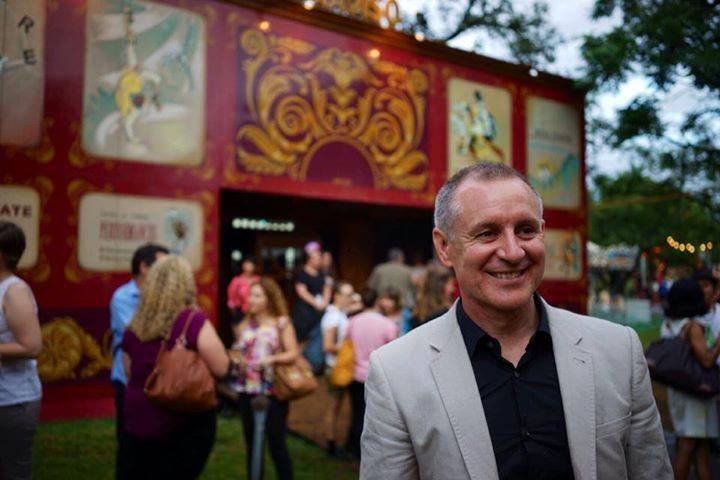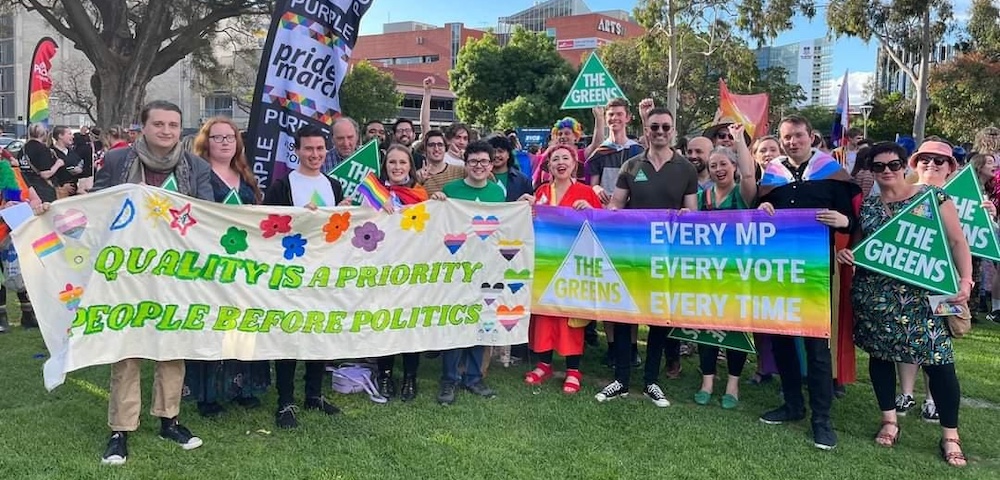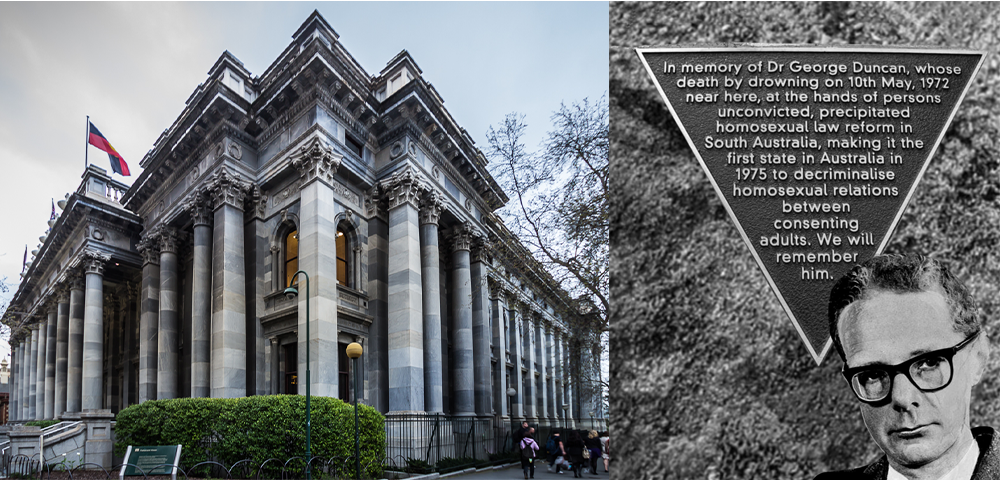
SOUTH AUSTRALIA CHANGING DISCRIMINATORY LGBTI LAWS

SOUTH Australia has passed the first in a series of bills which will make the state more inclusive for LGBTI people.
The Statutes Amendment (Gender Identity and Equity) Bill 2016 will change the language used in South Australian law to remove gender bias and ensure that gender identities, including transgender and intersex, are captured in state legislation. The Bill will also remove language in legislation that has the potential to discriminate against people based on their relationship status.
Last year the state government commissioned the South Australian Law Reform Institute (SALRI) to investigate discriminatory legislation in the state’s law in regards to sexual orientation, gender, gender identity and intersex status.
The review was one of the most comprehensive of its kind in Australia and recommended a number of changes to legislation including allowing same-sex couples with children to be recognised on a child’s birth certificate.
South Australia has a celebrated track record for dedication to achieving equality and fairness for all of its citizens and we want this to extend to members of the state’s LGBTIQ community,” SA Premier Jay Weatherill said.
“As a modern society, we have a responsibility to ensure that all people are treated equally, regardless of their sexual orientation, gender, gender identity or intersex status and this bill is a big step forward in helping us achieve this. I will continue to bring bills based on the SALRI reviews to Parliament for its consideration.”
Assistant Minister to the Premier Katrine Hildyard said the bill is important because it speaks to people’s values and the government’s commitment to include all South Australians in all aspects of community life.
“It also captures most of what SALRI has identified as requiring immediate action,” she said.
“History shows that all progressive changes take time; the changes we are making this year are as a result of years of active community members working together to achieve results.”










The SA Government under the not-so-watchful eyes of Premier Junketing Jay Weatherill, (Did you know he spends in excess of $500,000 per year on his own exclusive Film Crew to follow him around the world recording his every fart?) and that of Turbo Tom Koutsantonis have made this move to make people think they are doing something and that they actually care what happens to members of the GLBTIQ Community. If they did they would abolish the “Gay Defence” plea and allow Same Gender Adoption and IVF.
They established their version of the ICAC. A body which operates in total secrecy, you are not allowed to tell anyone of what goes on there. The ICASC was set up to protect their own and had nothing to do with stamping out Corruption in Government, the Police or any other State Government body.
It’s not that Jay & Tom don’t understand anything about the GLBTIQ Community it is that they simply do not care.
For those who are interested copies of the legislation are at https://www.legislation.sa.gov.au/LZ/B/CURRENT/STATUTES%20AMENDMENT%20(GENDER%20IDENTITY%20AND%20EQUITY)%20BILL%202016.aspx
While these very small 10 pages of laws on LGBTI reforms are welcome, I have noticed that South Australia still has the gay panic defence and also still bans gay couples on the adoption of children, surrogacy and IVF. I have also noticed that 6 months ago the South Australian government did a review of the adoption of children laws and nothing was said after all this time.
If the South Australian government was serious about LGBTI reforms, how come they purposely and explicitly leave out the gay panic defence, IVF, surrogacy and adoption?
Given that the UN frames intersex as a matter of the body, not gender identity, it seems far more likely that Jay Weatherill and his government don’t understand enough about LGBTI populations to make this claim.
“Intersex people are born with sex characteristics
(including genitals, gonads and chromosome patterns)
that do not fit typical binary notions of male or female
bodies.”
https://unfe.org/system/unfe-65-Intersex_Factsheet_ENGLISH.pdf